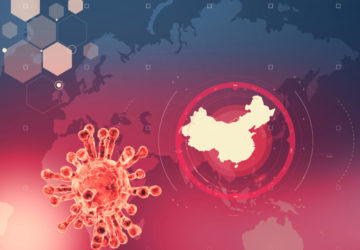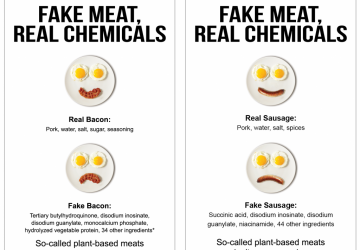 New York Times writer Mark Bittman took a brief respite from his pseudoscientific crusade against moo-juice to “Celebrate the Farmer” in his column today. So, is this an awakening for the nation’s most snobbish urban elite food commentator?
New York Times writer Mark Bittman took a brief respite from his pseudoscientific crusade against moo-juice to “Celebrate the Farmer” in his column today. So, is this an awakening for the nation’s most snobbish urban elite food commentator?
No. Apparently, the farmers who actually exist are “businessmen riding on half-million-dollar combines” while the nation lacks “real farmers” who tend a “one- or two-acre intensive garden.” No wonder that last year Iowa pork producers wouldn’t let him tour their farms. They weren’t going to get a fair hearing.
And Bittman is still imagining the magical powers of so-called “local food.” He writes:
The Northeast, where everything but dairy farming was left for dead a decade ago, and where many dairy farmers hold on for dear life, was once its own breadbasket; sometimes it feels as if it can become that again. […] Boats and trains from all over the Northeast once supplied New York City […] with food that was picked during the day, shipped at night, and sold the next day.
Like someone waxing poetic about the days of horse and buggy, Bittman’s Luddite view is wrong on so many levels. Not only is local food not necessarily environmentally friendly, it is definitely economically infeasible. Additionally, staple crops like wheat for bread are grown in wide open spaces because they need the land. When the mid-Atlantic and New England industrialized, those open spaces became cities, and agriculture moved to the Great Plains. Remember comparative advantage?
And don’t forget that there are far more mouths to feed now than in Bittman’s idyll, when life was nastier, more brutish, and shorter. In New York State alone, the population more than doubled from 7.2 million to 19.3 million from 1900 to the latest census in 2010. Connecticut—which contains much of the New York City suburbs—saw its population more than treble, from 900,000 inhabitants to 3.5 million over the same period. New Jersey grew from 1.8 million to 8.7 million, an over four-fold increase. Without the real breadbasket of America, many more of these people would go hungry.
And as corn and soybean (two of America’s most important staple crops) near record high prices thanks to a 70-year drought, does Bittman really want to make food less affordable for Americans? In a word, yes. That might be easy for residents of the New York County—better known as the borough of Manhattan—which has the second-highest average per capita income of all counties in the United States, but others are not so well off.




